Clustering

Welcome to My Page
ML-Clustering
🧠 Unsupervised Learning — Customer Segmentation with Clustering
Date: April 24, 2024
Author: Clement Airohuodion
🔍 View Full Project Files
This project demonstrates how clustering — a powerful unsupervised learning technique — can be used to identify customer segments in the competitive world of online retail, specifically in the footwear industry. The goal is to support data-driven decisions in marketing, credit strategy, and customer retention.
Using a combination of K-Means and Hierarchical Clustering, this analysis reveals meaningful insights into customer behaviors, spending patterns, and demographic trends.
📊 Dataset
- Source: Kaggle - Online Shop Dataset
- Size: 8,950 entries × 18 features
- Fields:
Balance,Purchases,Credit Limit,Payments,Tenure, and more - Privacy: Fully anonymized and GDPR-compliant

Figure 1: This code reads and inspects the dataset and showing first 5 rows using “.head()”.
🧹 Preprocessing
- Missing Values: Handled using mean imputation
- Outliers: Removed using IQR method
- Standardization: Applied
StandardScalerfor uniform scale - Data Visualizations:
- Pairplots & histograms to explore feature distribution
- Interactive scatter plots & heatmaps using
plotly - Boxplots & KDEs to understand payment and balance behaviors
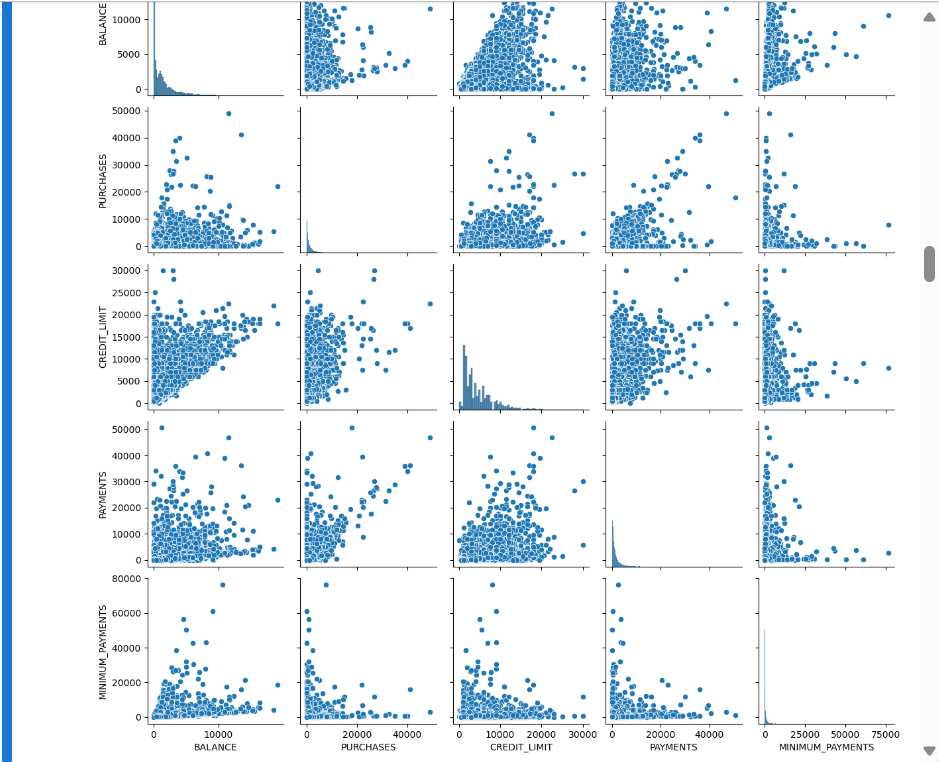
Figure 2: The code above creates a pairplot to visualize some relationships amongst key features like Balance, Purchases, Credit_limit, Payments, Minimum_payments.
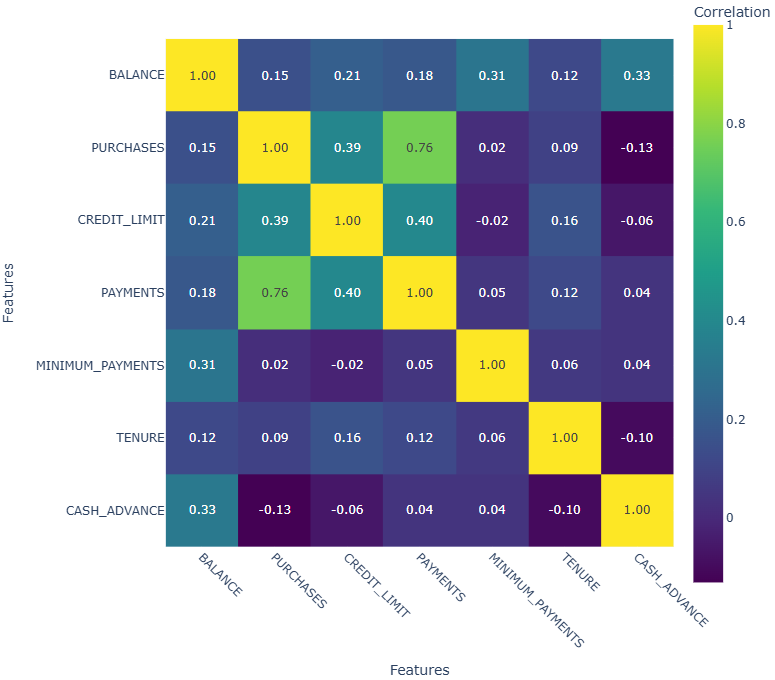 Figure 3: Above is the correlation matrix for raw data, where the correlation between Balance and Cash deposit is “0.33”.
Figure 3: Above is the correlation matrix for raw data, where the correlation between Balance and Cash deposit is “0.33”.
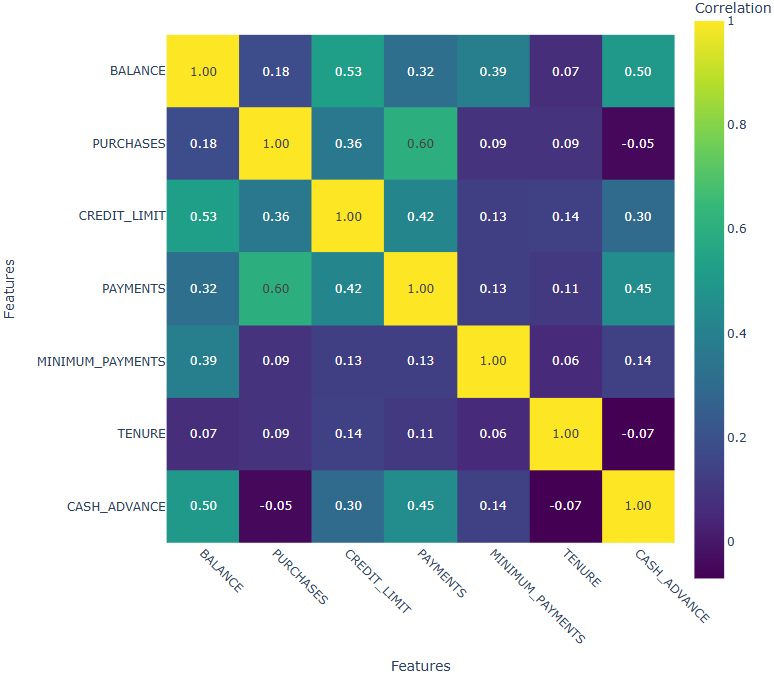 Figure 4: Above is the correlation matrix for cleaned data, where the correlation between Balance and Cash deposit is “0.50”.
Figure 4: Above is the correlation matrix for cleaned data, where the correlation between Balance and Cash deposit is “0.50”.
🧠 Algorithms Applied
✅ K-Means Clustering
- Elbow method used to identify optimal clusters (K = 3)
- PCA reduced data to 2D for visualization
- Key Clusters:
- High-spending customers
- Discount seekers
- Cash-advance-dependent segments
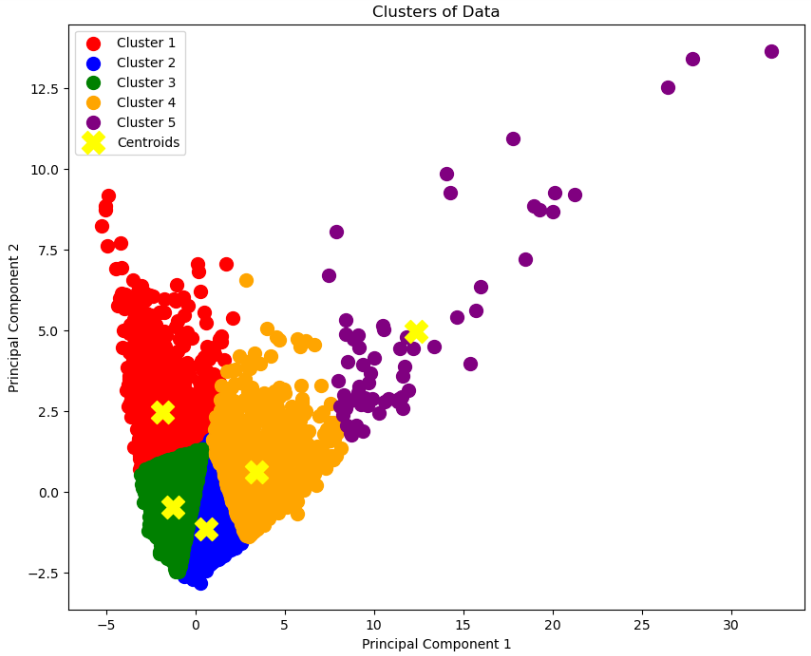 Figure 5: Above shows visualisation of the uniquely coloured clusters generated by K-Means, also the centroids are highlighted.
Figure 5: Above shows visualisation of the uniquely coloured clusters generated by K-Means, also the centroids are highlighted.
✅ Hierarchical Clustering
- Ward’s method used
- Dendrogram helped visualize group formation
- Showed evolving behavioral clusters and niche segments
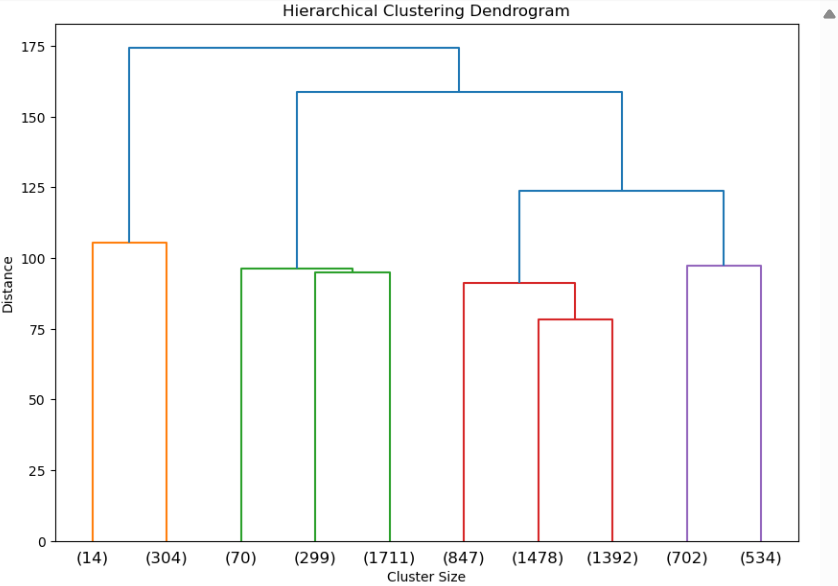 Figure 6: The Above dendogram shows the result of hierarchical merging using Ward’s method.
Figure 6: The Above dendogram shows the result of hierarchical merging using Ward’s method.
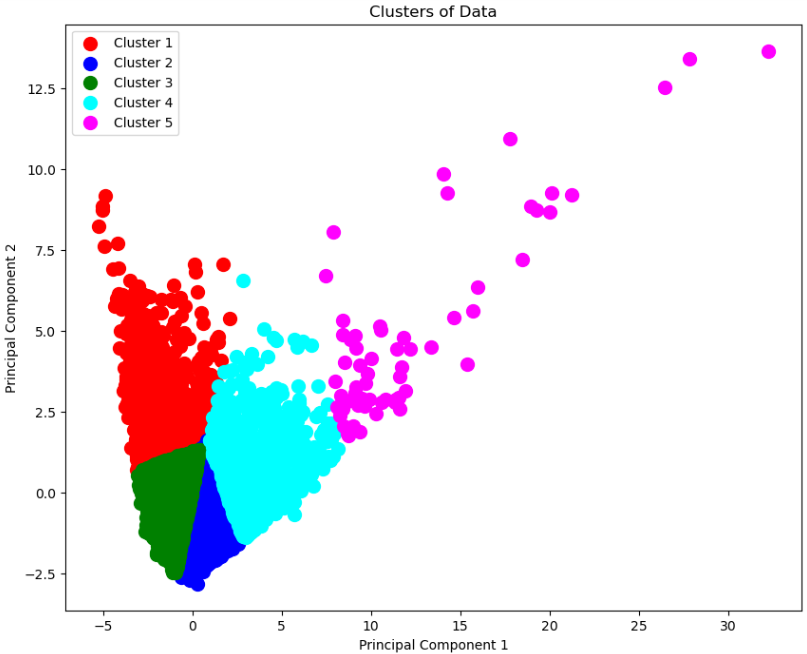 Figure 7: Visualisation of Hierarchical clustering in 2D scatter pot.
Figure 7: Visualisation of Hierarchical clustering in 2D scatter pot.
📈 Results & Insights
- Silhouette Score:
0.37(Moderate clustering quality) - Customer Segments:
- Identified 3 major clusters with distinct spending and payment patterns
- Cross-cluster comparison revealed actionable strategies for:
- Loyalty rewards
- Risk mitigation (credit stress)
- Personalized promotions
📌 Conclusion
Clustering enabled strategic segmentation of customers, unlocking critical insights to:
- Enhance customer experience
- Improve credit risk management
- Enable targeted marketing
By integrating both K-Means and Hierarchical Clustering, this project provides a comprehensive view of customer behavior in online retail, aligning with real business challenges.
📁 Click to See Supporting Code & Notebooks
📧 Contact: C.O.Airohuodion@edu.salford.ac.uk
🔗 LinkedIn: linkedin.com/in/yourprofile
🔗 GitHub: github.com/Clemobrain